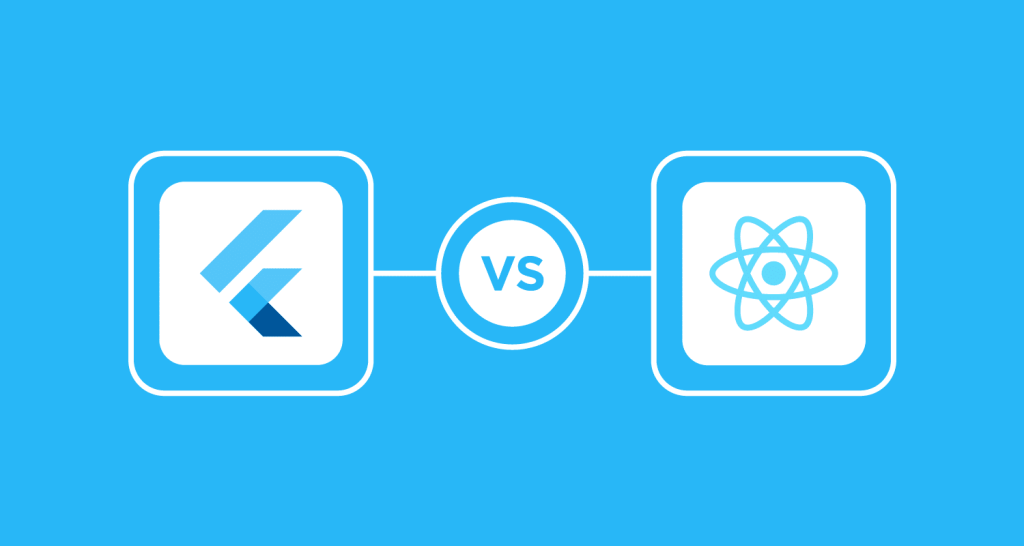
Mobile development can be a good career choice, as the demand for mobile apps is high and continues to grow. The field offers a wide range of opportunities, from building consumer apps to enterprise-level applications. Additionally, mobile development skills are in high demand, and developers with these skills can command high salaries. However, like any career, it requires hard work, dedication, and a willingness to continuously learn and adapt to new technologies.
A mobile developer typically needs the following skills:
Programming languages: Proficiency in languages such as Java, Kotlin, Swift, and Objective-C is required to develop for Android and iOS platforms.
Development frameworks: Knowledge of popular frameworks such as React Native, Ionic, and Xamarin is useful for cross-platform development.
Platform-specific skills: Familiarity with the unique features and guidelines of each mobile platform, as well as an understanding of the design principles and user experience conventions of iOS and Android.
Database and storage: Knowledge of local storage, SQLite, and remote storage solutions like Firebase.
Debugging and testing: Strong debugging skills and experience with mobile testing tools are important to ensure that the app is stable and performs well on different devices and platforms.
Version Control: Familiarity with version control systems like Git and SVN.
Design: Understanding of design principles and user experience, knowledge of design tools such as Sketch, Photoshop, Adobe XD, Figma.
Agile development: Experience with Agile development methodologies, continuous integration, and continuous delivery.
Mobile security: Understanding of mobile security principles and best practices.
Communication and collaboration: Strong communication and collaboration skills are important to work effectively with designers, product managers, and other stakeholders.
This article is shared by www.itechscripts.com | A leading resource of inspired clone scripts. It offers hundreds of popular scripts that are used by thousands of small and medium enterprises.








